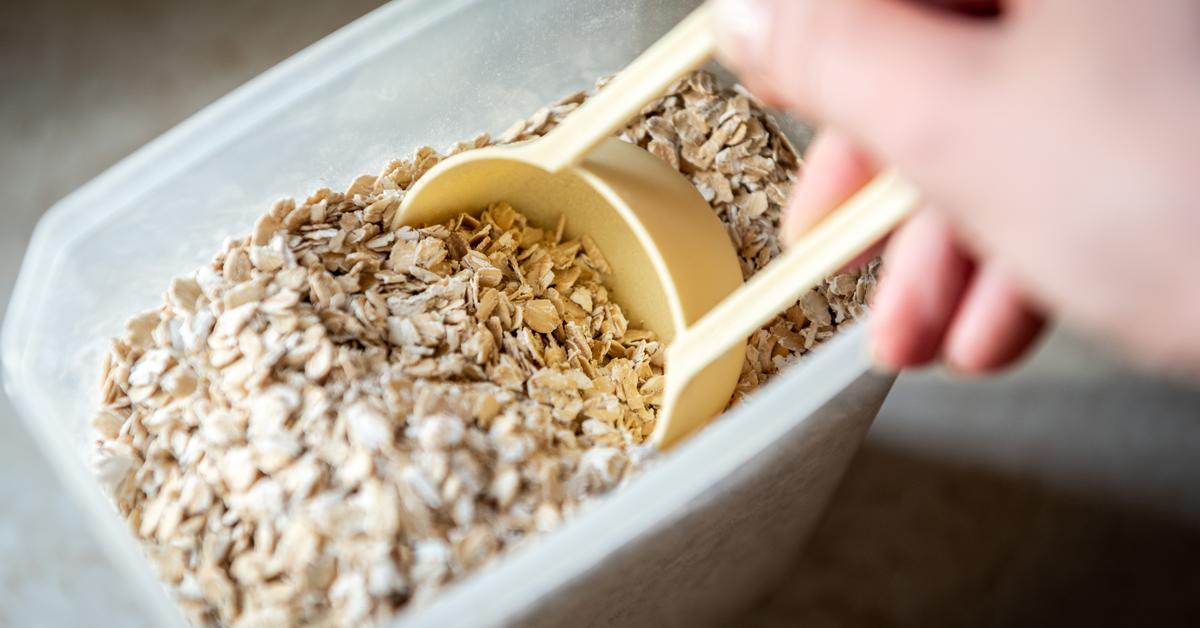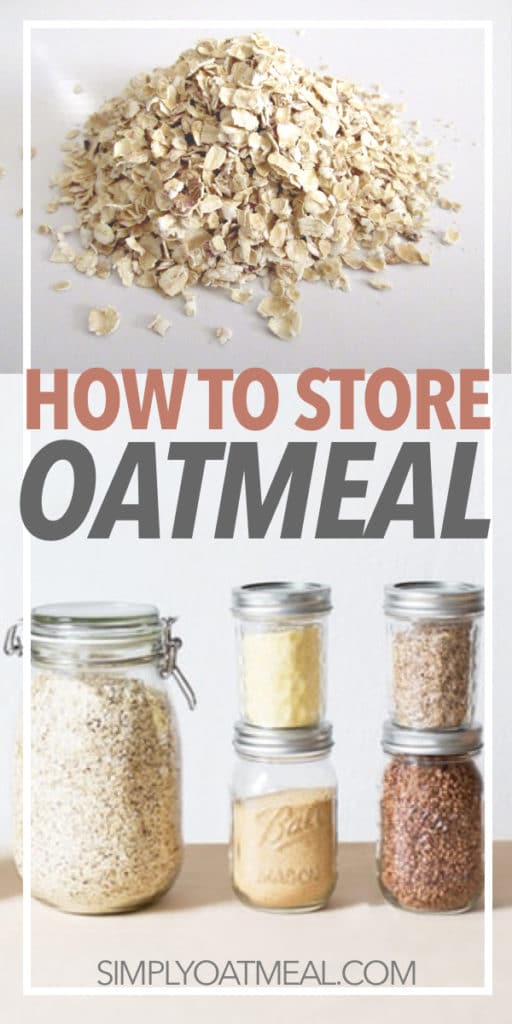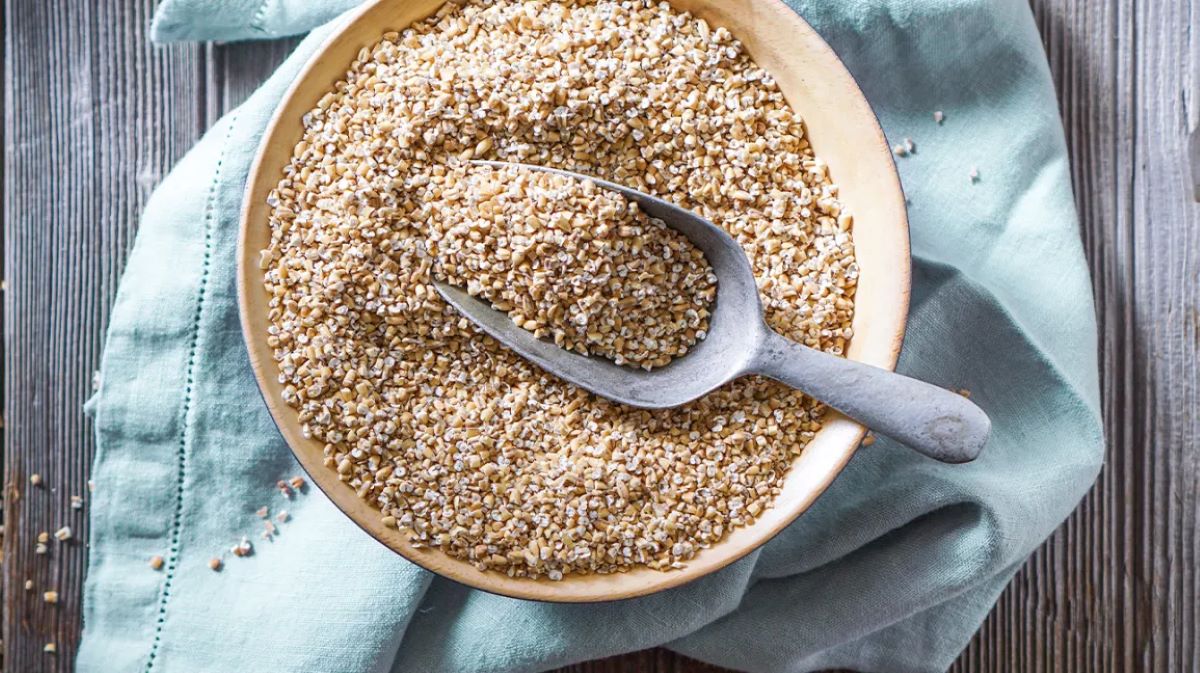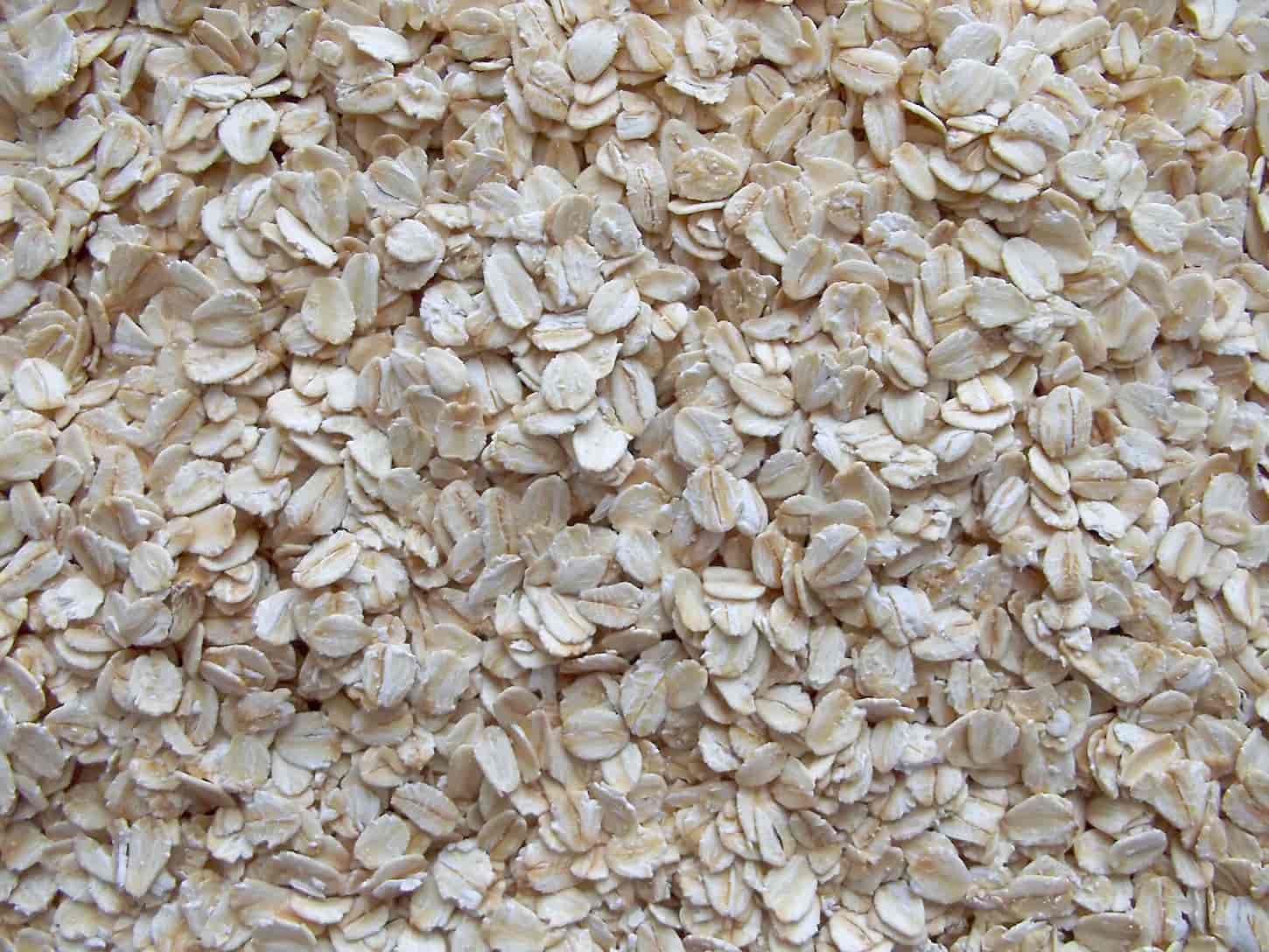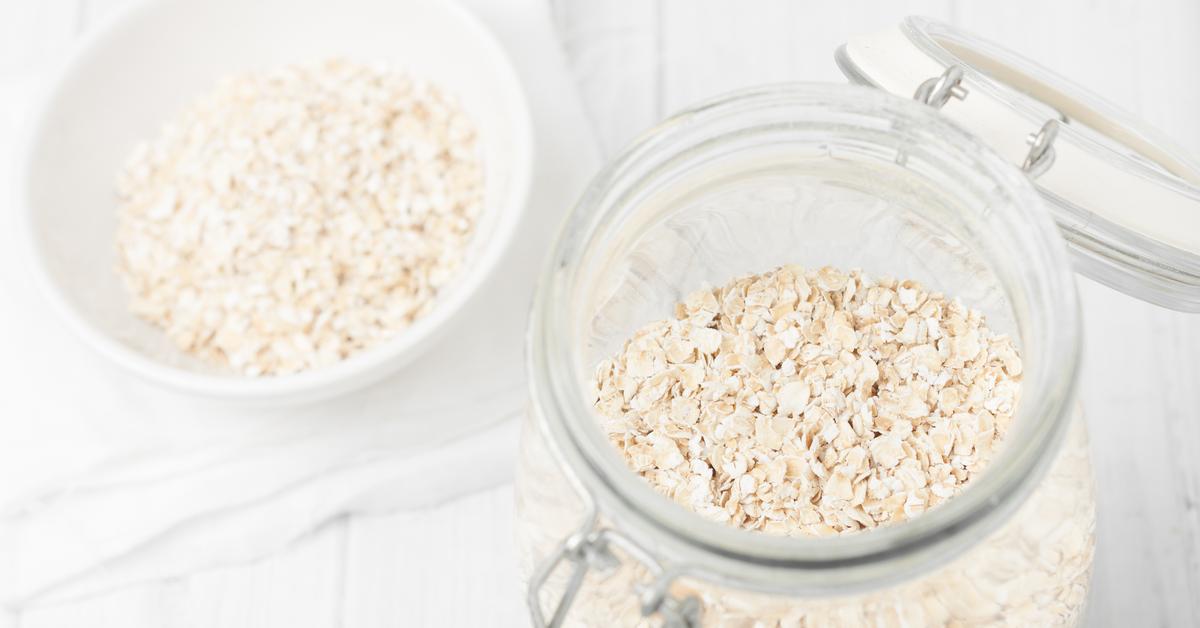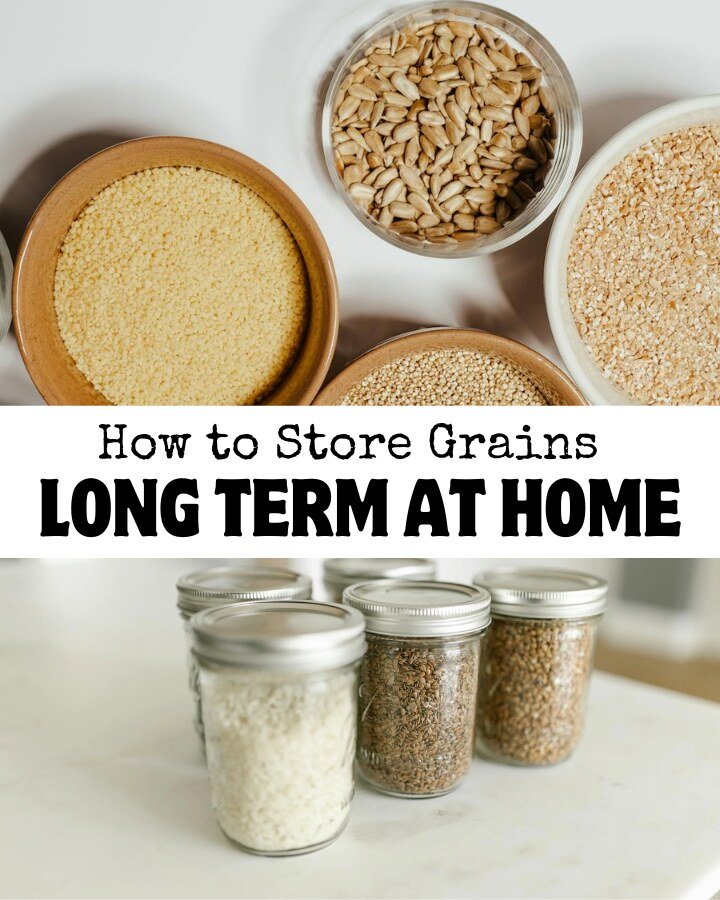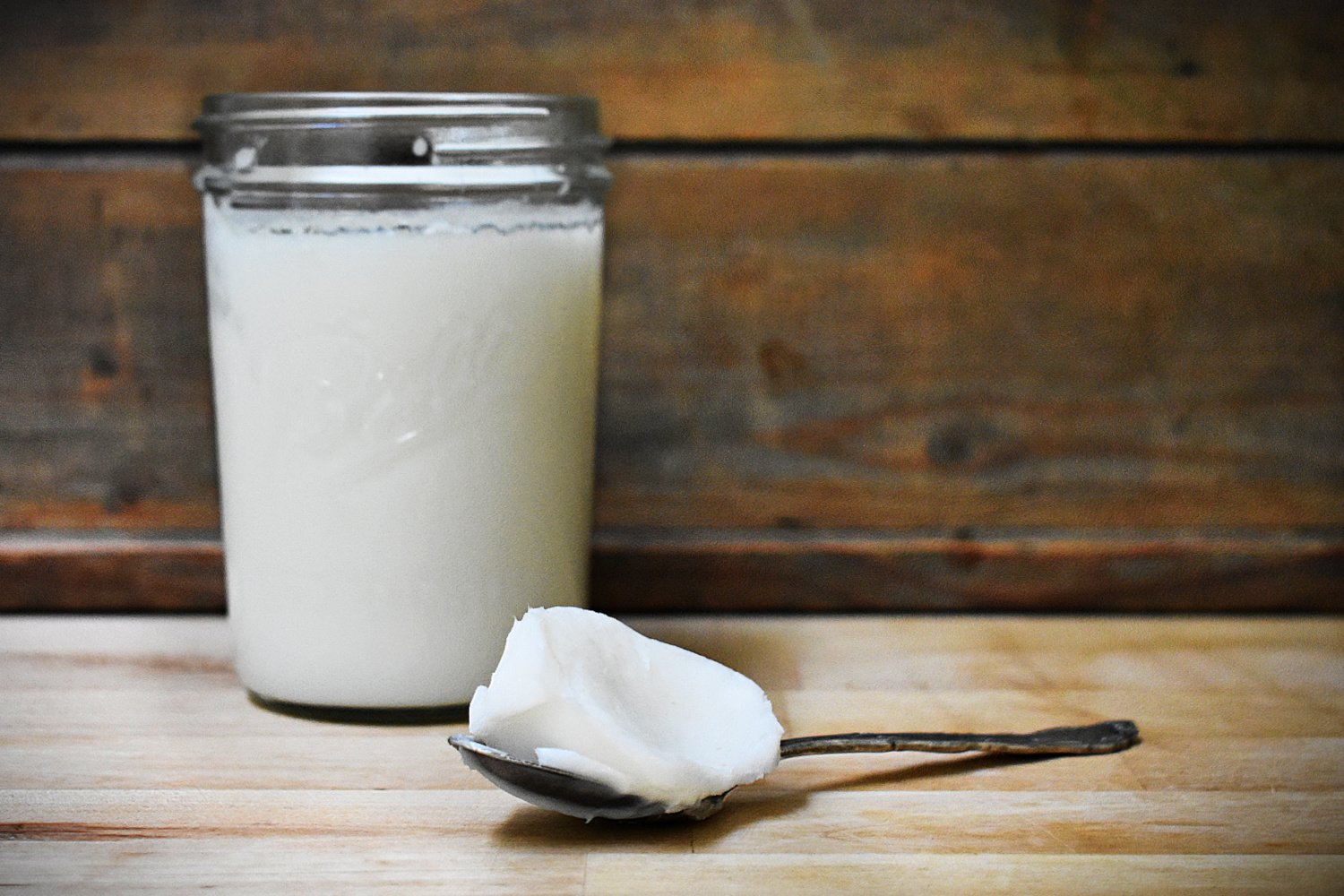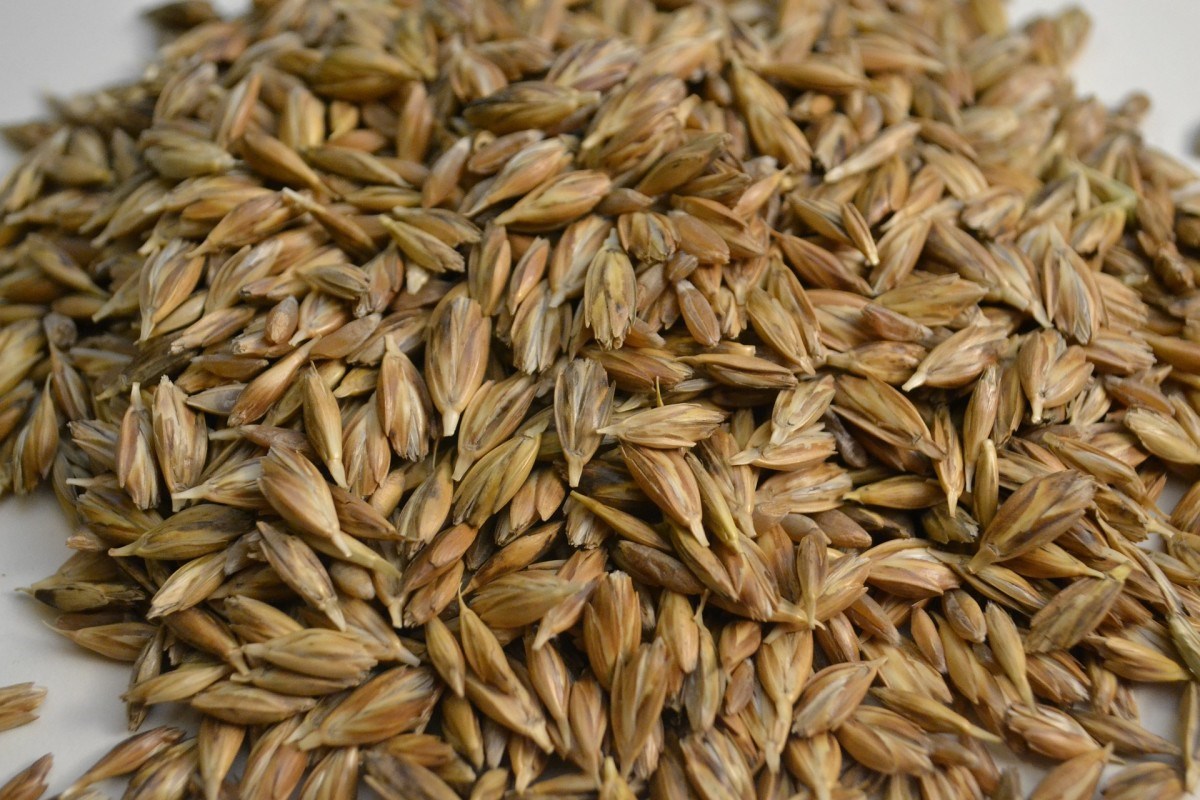How To Store Oats Long Term

In an era of increasing food prices and heightened awareness of supply chain vulnerabilities, the ability to effectively store staple foods like oats is becoming increasingly critical for both individual households and larger institutions. From rolled oats used in morning porridge to oat flour employed in baking, this versatile grain plays a significant role in many diets. Ensuring its longevity without compromising quality, however, requires careful attention to detail.
This article delves into the best practices for long-term oat storage, providing a comprehensive guide to preserving this valuable food source. We’ll cover everything from selecting the right type of oats to preparing them for storage and maintaining optimal environmental conditions. By understanding these principles, readers can confidently secure a reliable supply of oats for months, even years, to come.
Understanding Oat Varieties and Their Storage Potential
Different types of oats, including rolled oats, steel-cut oats, and oat flour, possess varying shelf lives and require slightly different storage approaches. Rolled oats, having undergone steaming and flattening, generally have a shorter shelf life than steel-cut oats, which are simply chopped oat groats. Oat flour, due to its increased surface area, is the most susceptible to spoilage.
According to the USDA (United States Department of Agriculture), proper storage is key regardless of the type. Consider the processing method when selecting oats for long-term storage, prioritizing less processed varieties for potentially longer shelf lives.
Essential Steps for Preparing Oats for Storage
Proper preparation is paramount before placing oats into long-term storage. Start by inspecting the oats for any signs of insect infestation or moisture damage.
Discard any compromised oats to prevent contamination of the entire batch. Pre-treating oats by freezing them for several days can also help eliminate any potential insect eggs.
Ensure the oats are completely dry before storage, as moisture is the primary enemy. You can spread them out on a baking sheet and let them air dry, especially if you suspect they may have absorbed some humidity.
Choosing the Right Storage Containers
Selecting appropriate storage containers is crucial for protecting oats from environmental factors. Oxygen, moisture, light, and pests can all degrade the quality of stored oats.
Mylar bags, when properly sealed, offer an excellent barrier against these elements. Food-grade buckets with airtight lids are another popular option, particularly for larger quantities.
Glass jars with tight-fitting lids can also be used, especially for smaller amounts of oat flour or rolled oats. Regardless of the container type, ensure it is clean, dry, and free of any odors that could transfer to the oats.
Optimal Environmental Conditions for Long-Term Storage
Maintaining optimal environmental conditions is just as important as container selection. Store oats in a cool, dark, and dry place.
Ideally, the storage temperature should be below 70°F (21°C). Fluctuations in temperature and humidity can accelerate spoilage.
A basement, pantry, or cool closet are all suitable locations, provided they are free from excessive moisture and light. Avoid storing oats near sources of heat, such as ovens or radiators.
Oxygen Absorption: A Critical Consideration
Oxygen is a significant contributor to the degradation of fats and oils present in oats, leading to rancidity. Utilizing oxygen absorbers within your storage containers can dramatically extend the shelf life of your oats.
These small packets contain iron powder that reacts with oxygen, effectively removing it from the sealed environment. Be sure to use the appropriate number of oxygen absorbers based on the size of your container, following the manufacturer's instructions.
For instance, a five-gallon bucket typically requires several oxygen absorbers to effectively remove the oxygen. Before sealing, consider flushing the container with nitrogen gas for added protection.
Rotating Your Oat Supply and Checking for Spoilage
Even with meticulous preparation and storage, it's crucial to rotate your oat supply. Practice the "first in, first out" (FIFO) method, using older stores before newer ones.
Regularly inspect your stored oats for any signs of spoilage, such as discoloration, off-odors, or the presence of pests. While properly stored oats can last for years, their nutritional quality and flavor may gradually decline over time.
If you notice any concerning signs, discard the affected oats to prevent potential health risks. Remember that while oats may be "safe" to eat even if past their prime, their taste and texture may be compromised.
Addressing Specific Concerns: Oat Flour Storage
Oat flour presents unique challenges due to its higher fat content and increased surface area, making it more prone to rancidity. To maximize the shelf life of oat flour, consider storing it in the freezer.
Freezing can significantly slow down the oxidation process and preserve its quality for a longer period. Ensure the flour is tightly sealed in an airtight container to prevent freezer burn.
When ready to use, allow the flour to thaw completely before opening the container to avoid condensation. Alternatively, grind whole oats into flour as needed to ensure freshness.
Beyond Basic Storage: Nitrogen Flushing and Vacuum Sealing
For those seeking the ultimate in long-term oat preservation, consider nitrogen flushing or vacuum sealing. Nitrogen flushing involves displacing the oxygen in the storage container with nitrogen gas, creating an inert atmosphere that inhibits spoilage.
Vacuum sealing removes air from the container, achieving a similar effect. These methods are more complex and require specialized equipment, but they can significantly extend the shelf life of oats, particularly oat flour.
University Extension studies have shown these techniques can preserve food quality for extended periods when implemented correctly.
Conclusion: A Secure and Sustainable Food Source
Mastering the art of long-term oat storage provides a valuable safeguard against food shortages and price fluctuations. By understanding the nuances of oat varieties, employing proper preparation techniques, and maintaining optimal storage conditions, individuals and institutions can ensure a reliable supply of this nutritious grain for years to come.
As global events continue to impact food security, the ability to effectively store staple foods like oats becomes an increasingly vital skill. By implementing these strategies, you can confidently secure your access to this versatile and essential ingredient, promoting both self-sufficiency and long-term food security.
Embracing these practices not only protects your food supply but also contributes to a more sustainable and resilient future. Remember, a well-stocked pantry is a sign of preparedness and resourcefulness in an ever-changing world.

